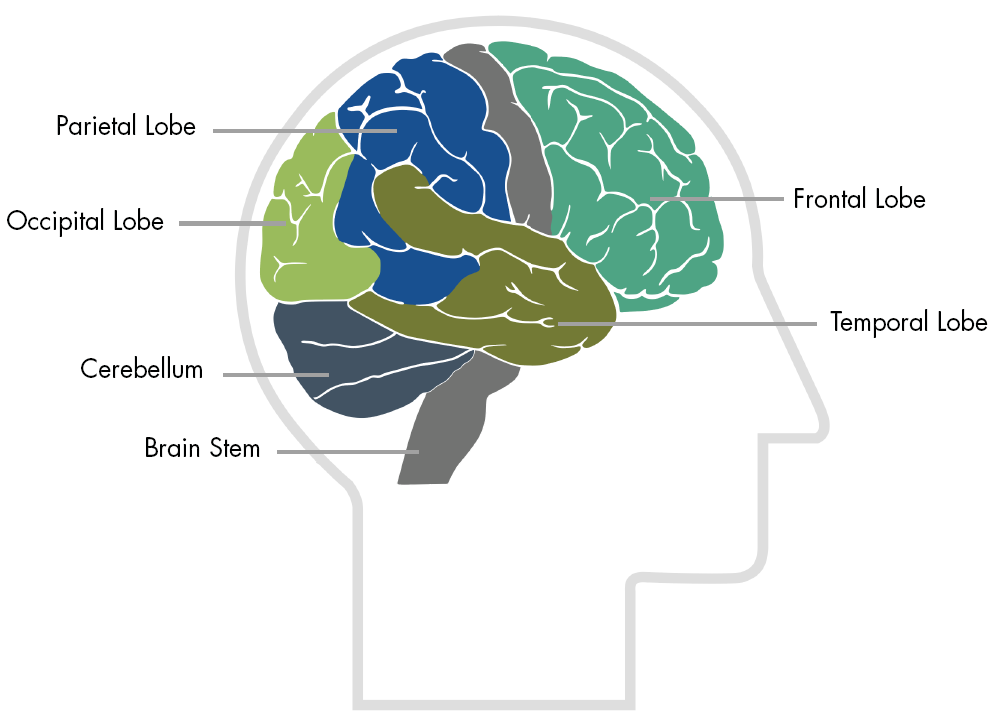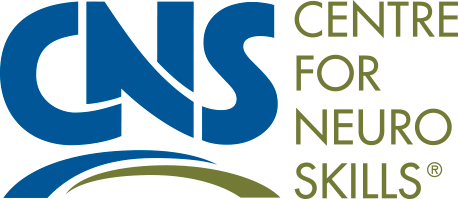Brain Function
Robert P. Lehr Jr., Ph.D.
Professor Emeritus, Department of Anatomy, School of Medicine,
Southern Illinois University
Brain Function and Deficits
In traumatic brain injury the brain may be injured in a specific location or the injury may be diffused to many different parts of the brain. It is this indefinite nature of brain injury that makes treatment unique for each individual patient. In the past twenty years, a great deal has been learned about brain function, and we learn more everyday. We can make guesses about the nature of the problems an individual may have from knowing the location of a lesion. Diagnostic procedures such as CT scans and MRI's can also provide information about a brain injury. As rehabilitation specialists, however, we can also learn about an injury by observing the day to day activities of the patient. All the activities we perform each day, whether physical or mental, are directed by different parts of our brains. It is important that you become familiar with brain function to better understand how therapies, created by rehabilitation professionals, help brain injured patients. In order for you to better understand how the rehabilitation process works we will guide you through the different parts of the brain and indicate some of the functions and problems resulting from injury.
The brain has many parts including the cerebral cortex, brain stem, and cerebellum. By listing some of the functions of each part of the brain, we will provide an overview of what problems occur after injury to these parts. It is important to understand that the brain functions as a whole by interrelating its component parts. The injury may only disrupt a particular step of an activity that occurs in a specific part of the brain. The interruption of that activity at any particular step, or out of sequence, can reveal the problems associated with the injury. Below is a list of functions and deficits or problems revealed when injury occurs at particular locations. The terms in parenthesis are the professional terms used to describe the deficit. Please refer to the Brain Map at the bottom of this page for an illustration of the main areas of the brain.
CEREBRAL CORTEX


